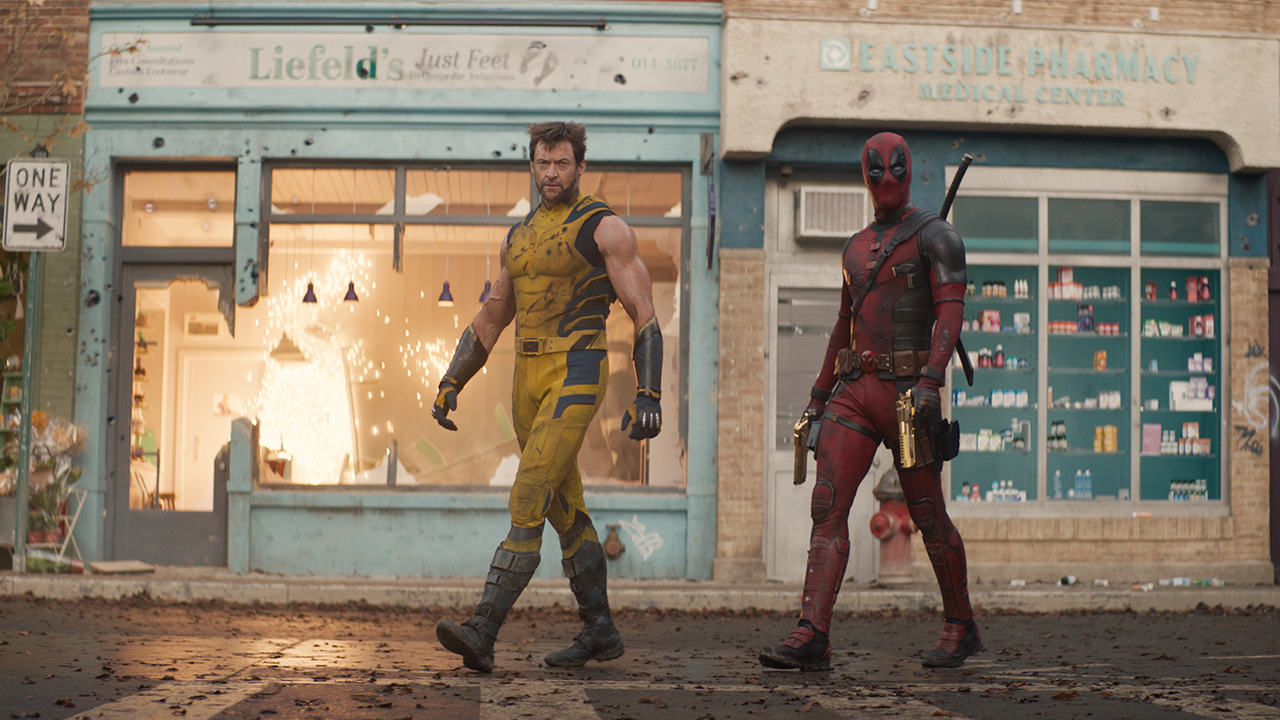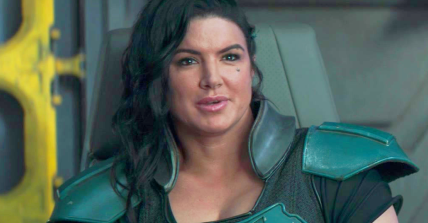Script Consultant Inadvertently Exposes What Is Wrong With Hollywood’s Storytelling Process

It goes without saying Hollywood films aren’t what they used to be. Part of the problem is the writing that goes into them is weaker today – owing to the repetitive copy and paste from better movies, rewrites/retcons that only serve agendas, and the self-inserts by ersatz scribes lacking the life experience or research required.
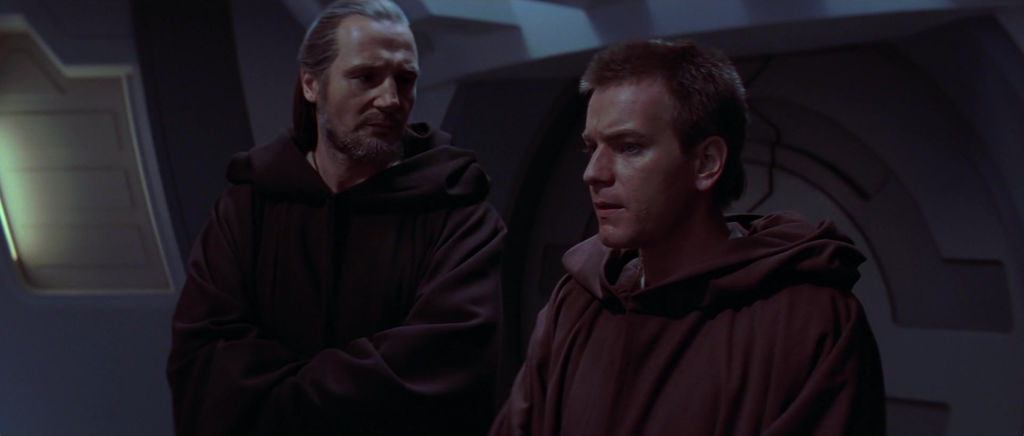
There are more than a few reasons but those tend to be the top three, and if you have paid enough attention over the years, you would notice these factors don’t just affect the superhero genre or big franchises like Star Wars and James Bond.
Unfortunately, true stories about from history – recent and far-flung – get thrown under the bus and killed by what passes for a process on the West Coast. You don’t have to look any further than the Padre Pio biopic that, considered abhorrent by many, starred Shia LaBeouf as a Pio who was an afterthought in his own movie.
Along similar lines, you have The Pope’s Exorcist with Russell Crowe which plays fast and loose with the life story of The Vatican’s de facto “Chief Exorcist” Fr. Gabriel Amorth for the sake of sensationalism and shock value.
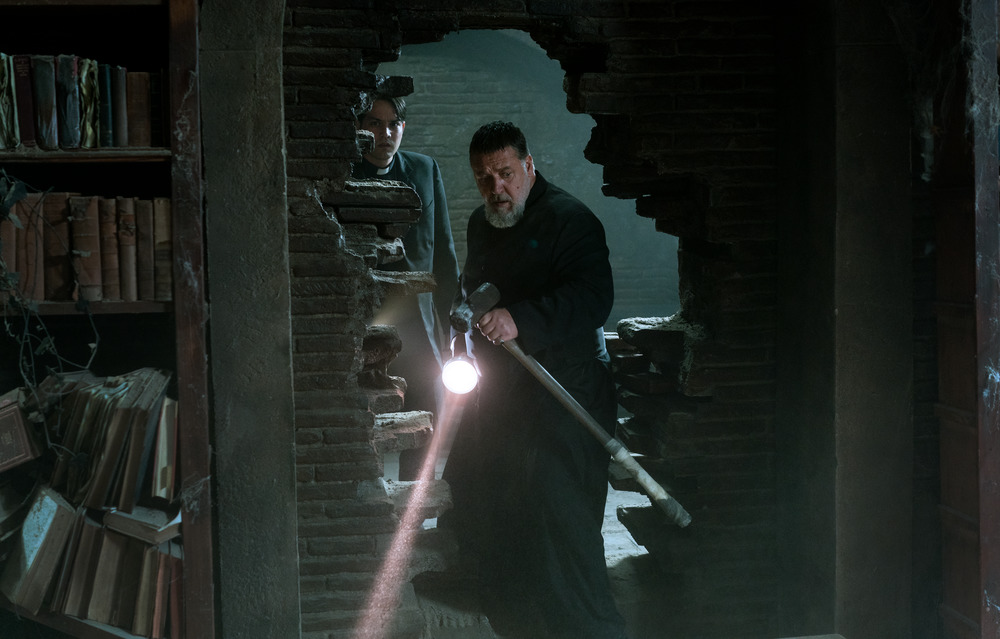
Mind you, not all the victims have a religious slant. 2022’s Blonde with Ana de Armas cared more about adult situations than getting Marilyn Monroe’s accent right.
It’s a suspicious pattern that goes on with rare exceptions. Even a filmmaker as seemingly well-meaning as Mel Gibson (not the first thing you would expect to be said about the man, I know) added, twisted, and omitted facts to spice up Hacksaw Ridge.
Writers and directors do what they want regardless of the story, genre, or material – fiction or nonfiction. And that isn’t just my assessment; those are the words of a working writer and script consultant.
Jill Chamberlain sat down with the YouTube channel Film Courage to give her advice to aspiring creatives, and what she had to say on the topic of developing a story based on true events was a little confusing.
Talking about a nameless client whom she claims makes biopics everybody has heard of, Chamberlain says he comes up with the story first and then does the research. He doesn’t want to be “distracted by extraneous details” and focuses on a “snapshot” or “Wikipedia understanding” of a person.
The key is to “get away from the facts,” says Chamberlain, and write the “emotional story” of what one event in a real individual’s life meant or represents to the writer. The whole of their life doesn’t matter since as Chamberlain puts it, “A life is not a story.”
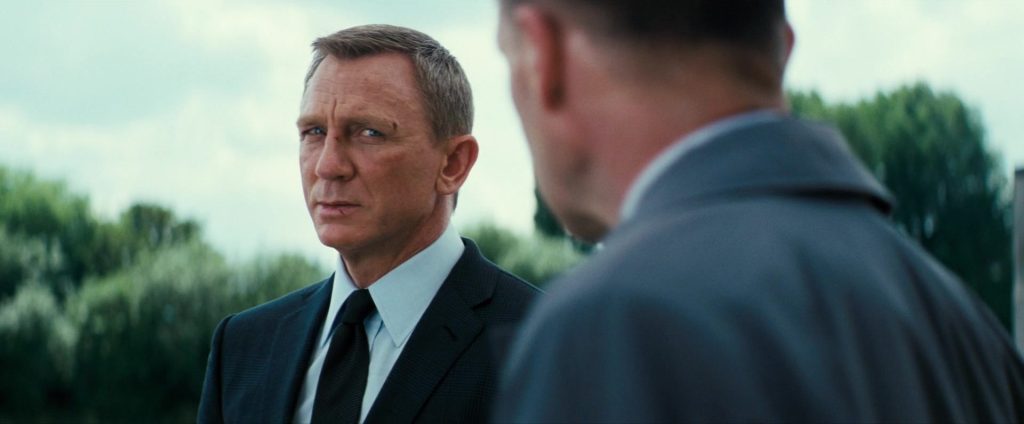
She adds further that character bios aren’t always worth doing as “they deal in abstracts,” and too much research can be a bad thing. It gets in the way, you see.
Well, pardon me for asking, but doesn’t this approach defy logic? Doesn’t common sense dictate otherwise about research and preparation? If you have been hanging on this far, you know I’m not talking about brand-new characters created out of whole cloth. I’m referring to real people with real stories no mortal pedestrian writer could weave.
By extension, I’m talking about lived-in characters with deep lore and profound backgrounds, too – your James Bonds and Luke Skywalkers, characters we’ve seen firsthand be mistreated in the last decade due to the nouveau studio culture.
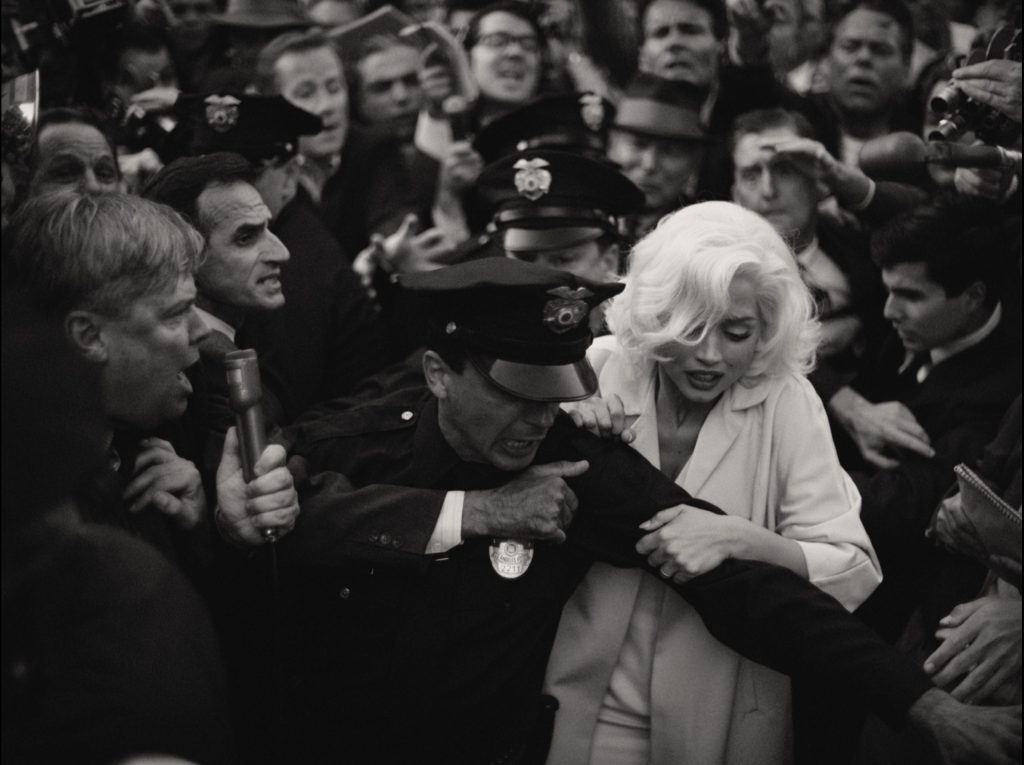
Chamberlain’s philosophy – if you can call it that – is not far afield from the attitude of programmers at Google who created that race-baiting AI. It’s rife for abuse and plays into the hands of the self-insert crowd that made junk like Madame Web.
Not every writer, director, or showrunner is planning a miniseries – I’ll give you that – but their projects should be more than a lean Wikipedia page of generic stuff or worse, a fanfic. Especially when dealing with true events, they should honor the people who lived them by speaking their truth, if you will, not the writer or producer’s version.
The story is already there and was the whole time – so were the warning signs. While it’s far too late to sound the alarm, it’s still high time to get real with Hollywood. They needed an intervention yesterday to cleanse the bad habits that need to be broken, which is ironic when you think about it.

A town so in love with shaping minds and enamored with reboots of everything needs a massive reboot to debug and reprogram its figurative software. For the sake of sound storytelling, they better not be too far gone.



